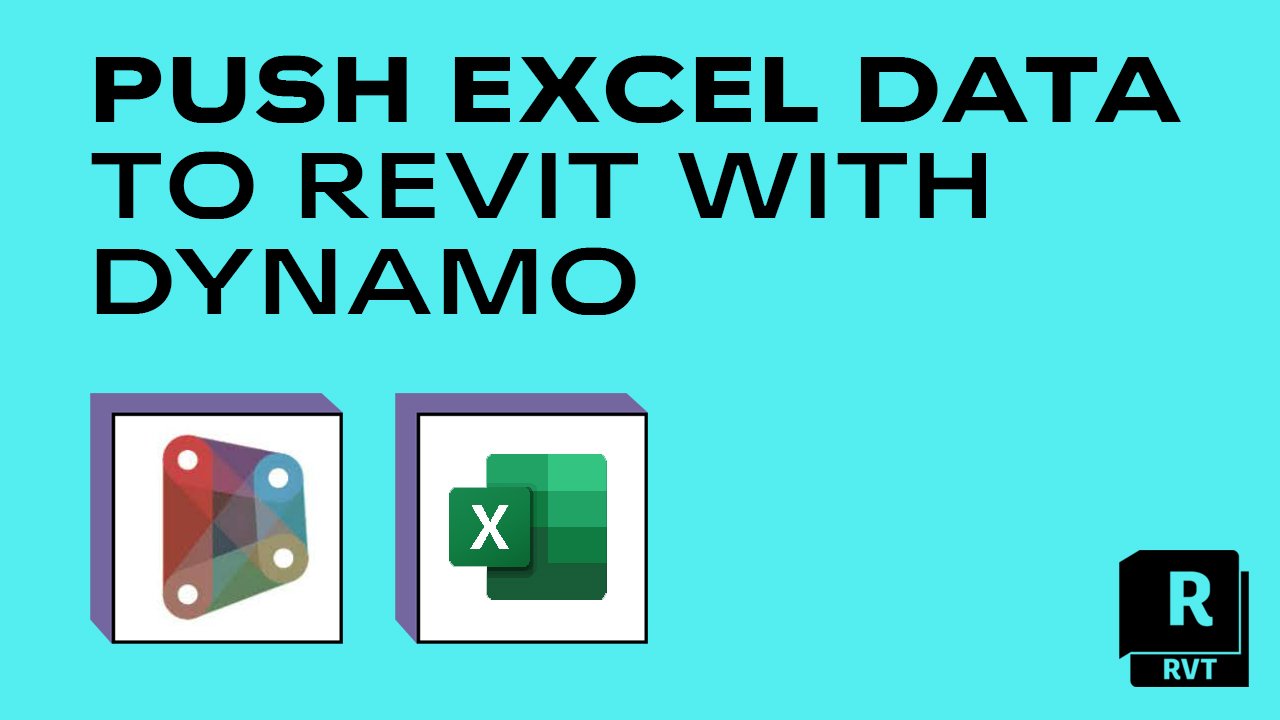Breaking Obstacles: Excel Importation Techniques for Advanced Revit Users
Check out different data importation techniques and master Excel assimilation to boost your Revit modeling capabilities. With our methods and tips, you can get rid of importation difficulties and come to be a real professional in utilizing Excel for your Revit tasks.
Advanced Revit Users: Leveraging Excel for Importation
You can conveniently utilize Excel for importation as an advanced Revit individual. Excel is an effective tool that can substantially boost your operations and performance in Revit. With its capacity to manage large quantities of data and perform complicated estimations, Excel can be an important possession in handling and organizing your job details.
One means to take advantage of Excel for importation is by utilizing the "Web link Excel" function in Revit. This attribute enables you to link an Excel spread sheet directly right into your Revit project, allowing you to upgrade and synchronize data between both programs. When dealing with schedules or tracking changes in your project., this can be particularly helpful.
One more method to use Excel is by utilizing the "Import/Export" feature in Revit. This attribute enables you to import and export data in between Revit and Excel, providing you the adaptability to function with information in both programs. You can import data from Excel right into Revit to produce aspects such as rooms, doors, or walls, and you can additionally export information from Revit to Excel for more evaluation or reporting.

Exploring Data Importation Approaches in Revit Utilizing Excel
Checking out just how to import data from Excel right into Revit supplies reliable approaches for integrating details. When you import data from Excel, you can seamlessly transfer data such as room schedules, material listings, and equipment data right into your Revit project. This process allows you to save effort and time by preventing hand-operated information access.
To import data from Excel into Revit, you can utilize the "Import/Export" attribute. This feature allows you to map the Excel data areas to the equivalent Revit specifications, guaranteeing that the info is correctly assigned within the design. By selecting the proper import choices, you can manage exactly how the information is imported and just how it connects with your project.
Another method for importing data from Excel into Revit is by making use of Eager beaver. With Eager beaver, you can create custom-made manuscripts that import information from Excel and manipulate it within your Revit project.
Grasping Excel Combination for Advanced Revit Modeling
One vital technique is importing information from Excel spread sheets directly into your Revit design. With a few easy actions, you can map the Excel columns to the matching Revit parameters and import the information accurately.
One more helpful approach is exporting information from Revit to Excel. This allows you to draw out information from your version, such as timetables or product quantities, and analyze it in Excel making use of solutions, graphes, or other powerful devices. By leveraging the capacities of Excel, you can do intricate computations, develop custom records, and gain useful understandings right into your project.
Along with data transfer, Excel combination can automate repetitive tasks in Revit. By creating macros or scripts in Excel, you can automate processes like developing sights, generating sheets, or using conventional households - official statement import excel into revit. This not only saves time but also makes certain uniformity across your task
To understand Excel assimilation in Revit, it is crucial to comprehend the data framework and how Revit communicates with Excel. By familiarizing on your own with the available devices and methods, you can unlock the complete potential of Excel combination and take your Revit modeling to the next level.
Overcoming Importation Obstacles: Excel Techniques for Revit Specialists
When getting rid of importation obstacles, it is necessary to be knowledgeable about efficient Excel methods that can profit experts in Revit. As an innovative Revit individual, you understand the value of perfectly importing information from Excel into your tasks. However, you might run into numerous difficulties along the road. By utilizing effective Excel strategies, you can get over these obstacles and improve your efficiency.

An additional useful method is using the "Transpose" feature in Excel. This permits you to transform information from rows to columns or vice versa. When importing data right into Revit, this can be particularly helpful when you have information in a vertical format in Excel, yet you require it to be in a horizontal style in Revit.
Moreover, using Excel formulas such as VLOOKUP and INDEX-MATCH can substantially assist in mapping data from Excel to Revit. These solutions permit you to look for particular worths in Excel and get matching information from one more column. This can save you effort and time when importing huge datasets into Revit.
Excel Information Importation Idea for Advanced Revit Users
By Check This Out acquainting yourself with reliable Excel tips and methods, you can boost your information importation procedure as an advanced individual of Revit. Furthermore, utilizing Excel's "Paste Special" function enables you to paste information from Excel into Revit while maintaining format, such as cell shade or font style. An additional helpful trick is to utilize Excel's "Find and Replace" feature to promptly make changes to your information prior to importing it into Revit.
Verdict
You have now discovered beneficial techniques for importing data from Excel right into Revit as an innovative user. Go ahead, break those obstacles and succeed in your Revit tasks!

When importing data right into Revit, this can be especially useful when you have information in a vertical layout in Excel, but you require it to be in a horizontal style in Revit.
Additionally, making use of Excel formulas such as VLOOKUP and INDEX-MATCH can greatly assist in mapping data from Excel to Revit. Additionally, making use of Excel's "Paste Special" feature allows you to paste data from Excel into Revit while preserving formatting, such as cell shade or font check it out design.